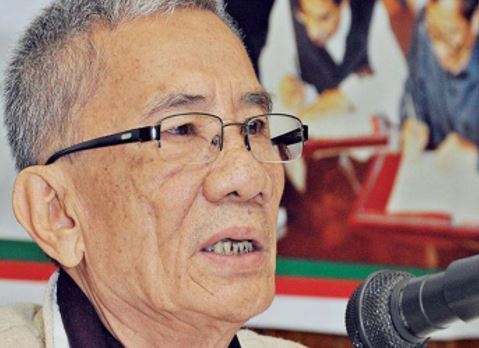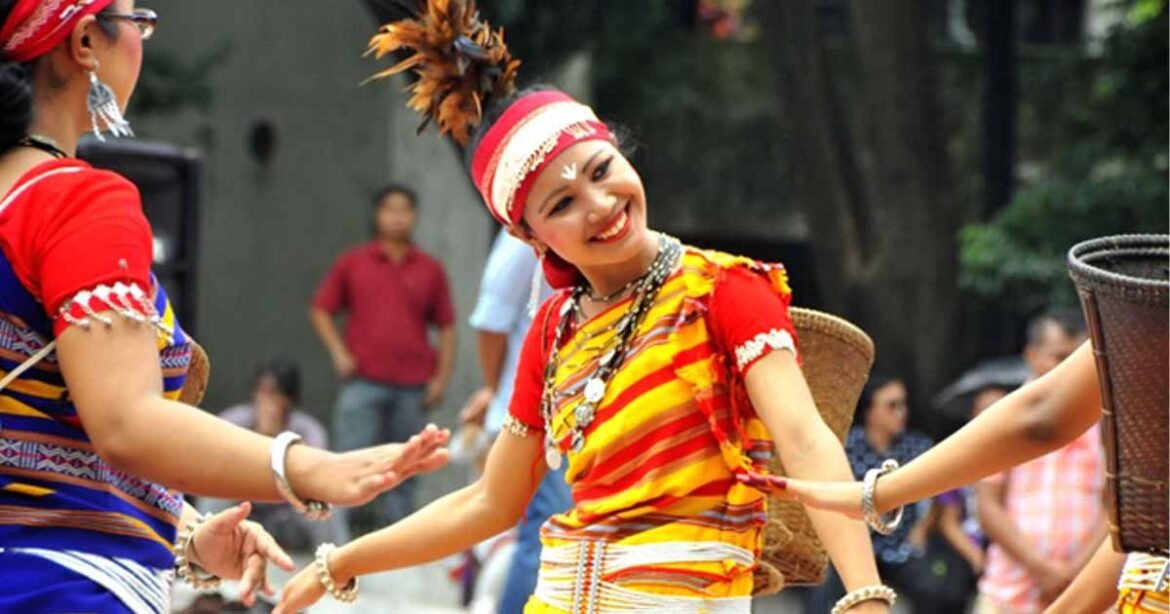Bangladesh, a nation rich in diversity and heritage, has enthusiastically embraced the global commemoration of World Indigenous Day. With a strong commitment to acknowledging and celebrating its indigenous communities, the country has embarked on a journey to promote cultural pride and inclusivity on this significant occasion.
Marking the celebration of different cultures and upholding the rights of ethnic minorities, the Bangladesh Adivasi forum has planned a parade, followed by a rally and a cultural festivity at the Central Shaheed Minar in Dhaka on 9th August.
You can also read: UN Report Reveals 76% of South Asian Children Battling Extreme Heat
In observance of the day, organizations including the National Coalition for Indigenous Peoples, Research and Development Collective, Jatiya Adivasi Parishad, Kapaeeng Foundation, Maleya Foundation, and Bangladesh Hindu Buddhist Christian Unity Council came together to arrange a discussion meeting and seminar on August 7 and 8th.
The event was graced by Mizanur Rahman, the former chairman of the National Human Rights Commission of Bangladesh as the chief guest, while Jyotirindra Bodhipriya Larma, the president of Bangladesh Adivasi Forum, lead the event as the presiding officer.
World Indigenous Day: An Overview
On 23 December 1994, the United Nations General Assembly adopted a resolution (49/214), designating 9 August as the International Day of the World’s Indigenous People. This day acknowledges the historic meeting of the UN Working Group on Indigenous Populations, which emerged in 1982.
The day is observed to increase consciousness about and defend the rights of the world’s indigenous inhabitants, while also honoring the remarkable achievements and significant contributions of indigenous individuals in addressing global challenges like environmental preservation.
Chittagong Hill Tracts Peace Accord, 1997: Remarkable success of Sheikh Hasina
On the night before the establishment of the Constitution of Bangladesh, a delegation led by Manabendra Narayan Larma, representing the hill people, formally presented a set of autonomy demands to Prime Minister Bangabandhu Sheikh Mujibur Rahman.
These demands aimed at preserving the cultural and linguistic identity of the hill people. However, the government’s failure to address these demands resulted in Larma founding the Parbatya Chattagram Jana-Samhati Samiti in March 1973. The primary objective of this organization was to protect the interests of the hill people. Later on, an armed faction known as the Shanti Bahini (Peace Forces) was incorporated into this group.

The peace agreement acknowledged the unique ethnic identities and special status held by the tribes and indigenous communities living in the Chittagong Hill tracts
Peace talks commenced following the reestablishment of democracy in Bangladesh in 1991. New cycles of negotiations started in 1996, led by the Prime Minister, Sheikh Hasina. Ultimately, the peace agreement was concluded and officially approved on December 2, 1997.
The peace agreement acknowledged the unique ethnic identities and special status held by the tribes and indigenous communities living in the Chittagong Hill tracts. It established a regional council, comprising representatives from the local government councils of the three districts within the Hill Tracts region. The council membership was to include individuals from the Marma, Chakma, Tripura, Murang, and Tanchangya tribes.
These delegates were to be elected by the district councils within the Hill Tracts. Their occupancy would length five years, during which the council would be placed with the authority and duty to uphold law and order, ensure social equity and tribal regulations, direct general governance matters, preside over disaster reliefs and management efforts, oversee various other developmental initiatives and grant permits for heavy industries.
The central government was obliged to engage in discussions with the regional councils on all matters relating to the hill tracts region.
Government Ventures with the Indigenous Groups
Around 45 tribes are residing in Bangladesh at this moment. Chittagong Hill Tracts (southeastern), Sylhet (northeastern), Rajshahi (West), and Mymensingh (north-central) areas of Bangladesh are home to Indigenous populations.
Approximately 1.7 million Indigenous Peoples (IPs) live in Bangladesh, making up roughly 1.2% of the total nation’s population.
Presently, a total of 14 projects are actively in progress to enhance the well-being and security of IPs, while upholding their rights and dignity. These initiatives extend across 1,926 villages, 14 punjees and 18 tea gardens spanning 230 unions, 61 upazilas and six wards within three city corporations in 22 districts.

In conclusion, the indigenous people of Bangladesh are expected to experience a future in which they can live with parity in dignity and delight in prosperity, facilitated by the array of support offered to them.
In an era of globalization, the celebration of World Indigenous Day holds a profound relevance. It is a poignant reminder that, amid the currents of modernization, the roots of cultural identity should not be forgotten. Bangladesh’s active participation in this global observance underscores the nation’s dedication to upholding the rights and dignity of its indigenous populations.


